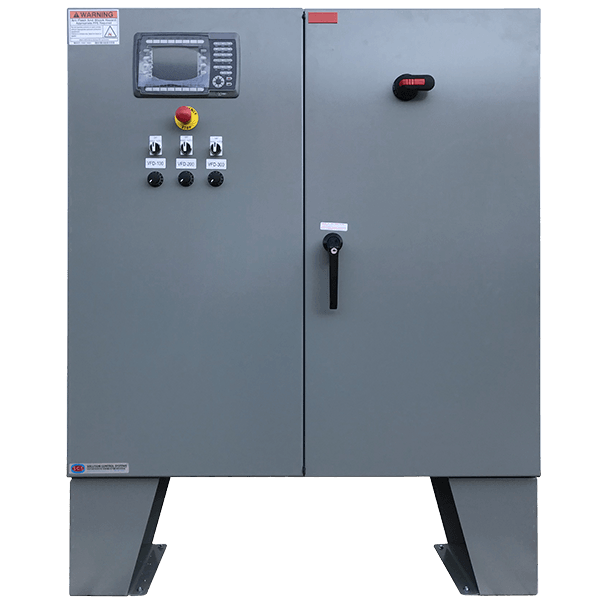The PLCs or Programmable Logic Controllers is widely used across industries for controlling the manufacturing process including robotic devices and assembly lines. These machines can control the automated processes in the harshest of the environment. It is important to undertake the maintenance schedule for these machines regularly. Certain preventive maintenance tips and methods ensure that there are no fault occurrences and the system does not malfunction unexpectedly. Preventive maintenance has the greatest significance in a harsh environment, as the PLC is more prone to damages and faults in these conditions.
Preventive Maintenance for PLC
Some of the aspects and tasks related to the preventive maintenance for a PLC are described below.
-
Backup the PLC program
Up-to-date and routine backup can only be ensured when you save or back-up a copy of your PLC program during its routine maintenance. The PLC may sometimes become inoperable and in these conditions, you will have to replace it. The backup file can be easily downloaded on the new PLC panels so that you get all the information and data.
-
Checking the LED indicators
To ensure that the battery is in a good condition, you have to check the LED indicators of the battery and power. If you find that the light is flickering, it’s time to change the battery.
Also Read: The Functionality And Benefits Of PLC Control System And Panel
-
Checking the operating environment
PLC panels have to operate in a given set of environmental conditions. You should check the humidity temperature and other environmental aspects and ensure that they satisfy the PLC operational conditions. Ensure that there is good air flow or proper ventilation within the cabinet and clean the filters for the air to flow freely.
-
Checking the voltage
The voltage should be within the range of operation and there shouldn’t be any “brownouts” or the power spikes, which can damage the components.
-
Inspect the components
Inspect the components for the damage or wear. You should see for the warped, distorted or discoloured cases and should check for the presence of any burnt odours.
-
Clear the dust and debris
Dust can harm the CPU as well as the input/output system as they are not dustproof, and therefore clean all the dust. Proper dissipation of heat is important and hence look for any obstructions to it and ensure there is adequate space for the heat to be dissipated to the surroundings.
Also Read: Why You Should Prefer PLC Control Panel In Certain Scenarios
Also, ensure that you have a ready inventory for the replacement parts and have good quality connections for the process to be reliable.

